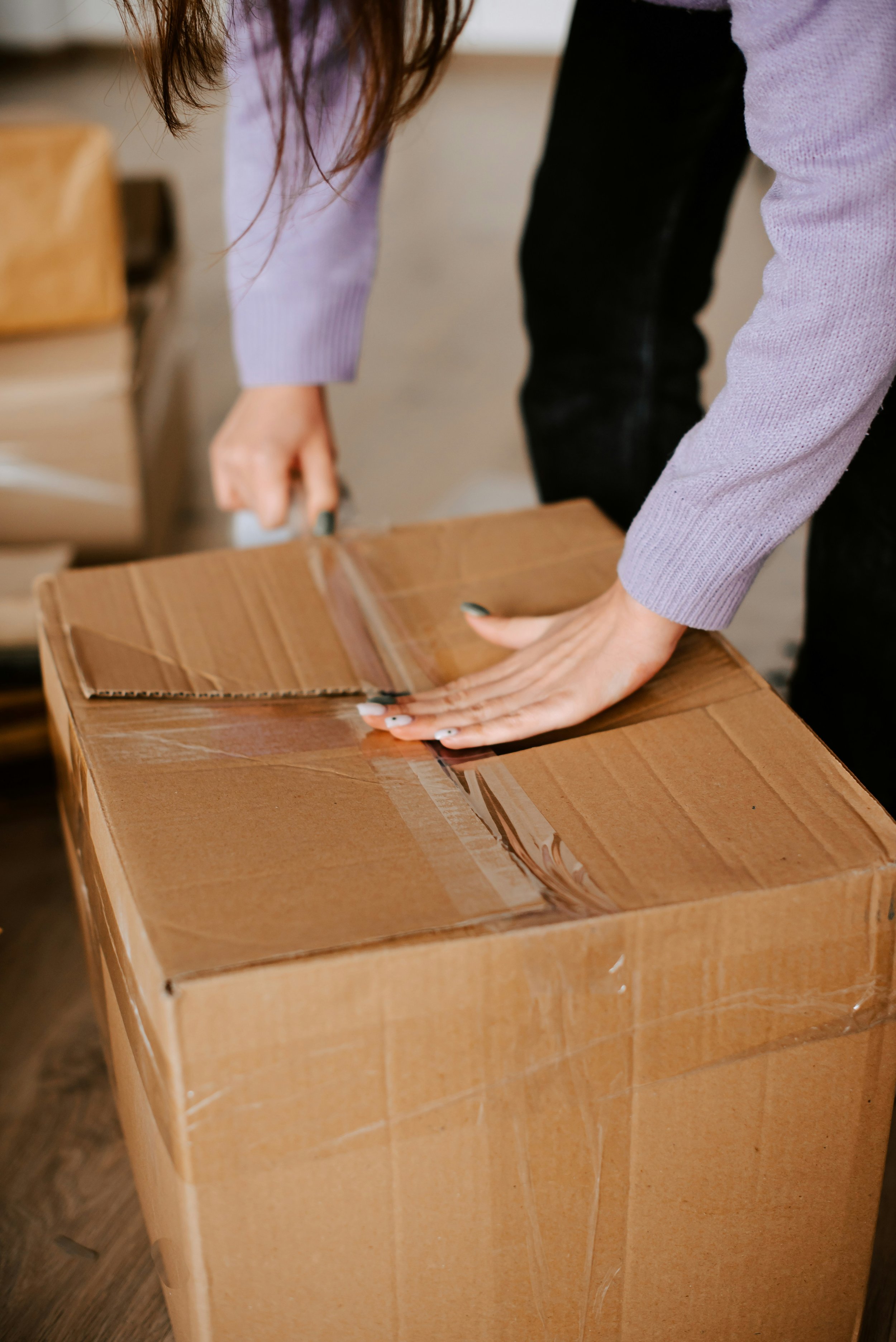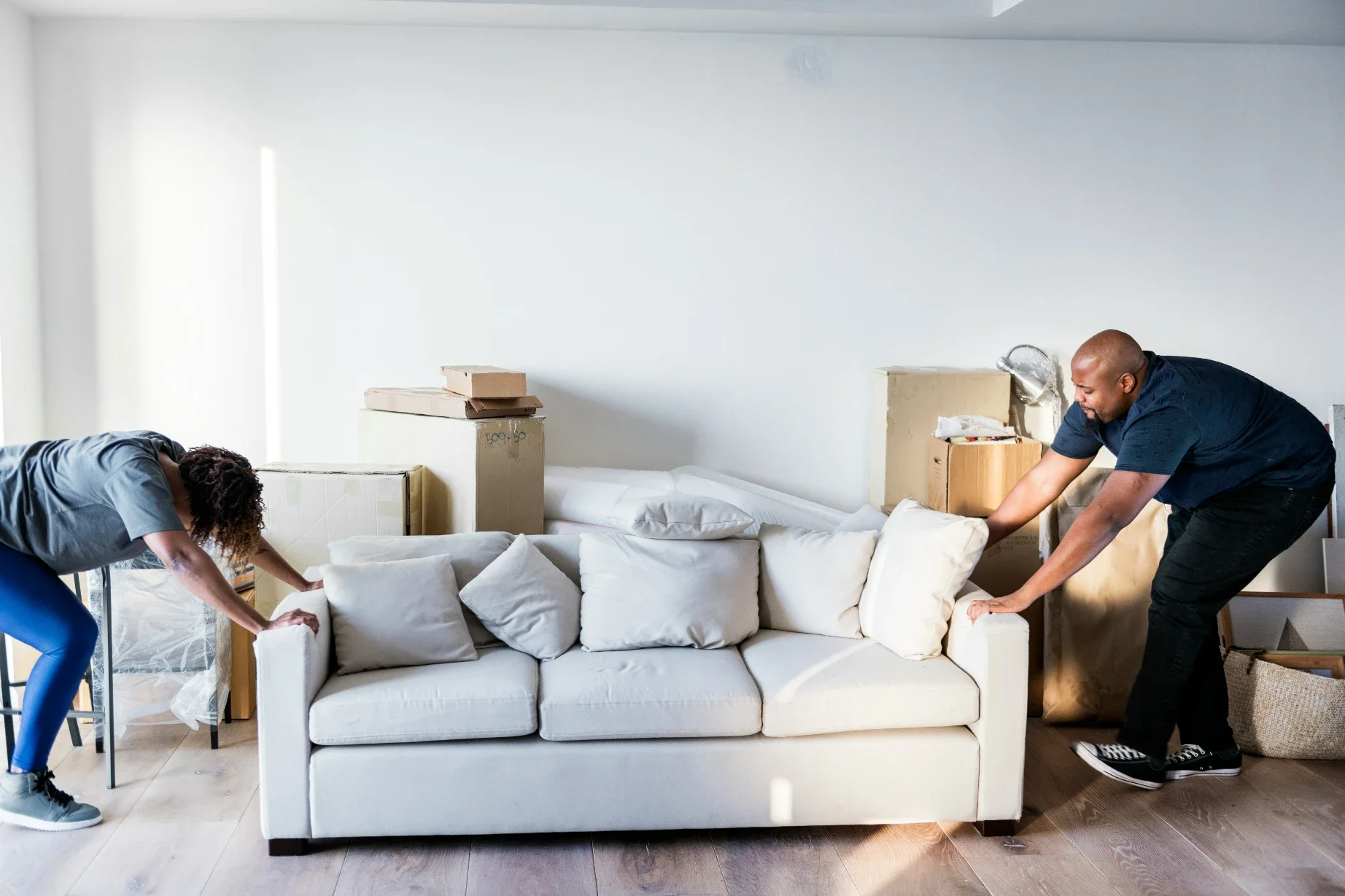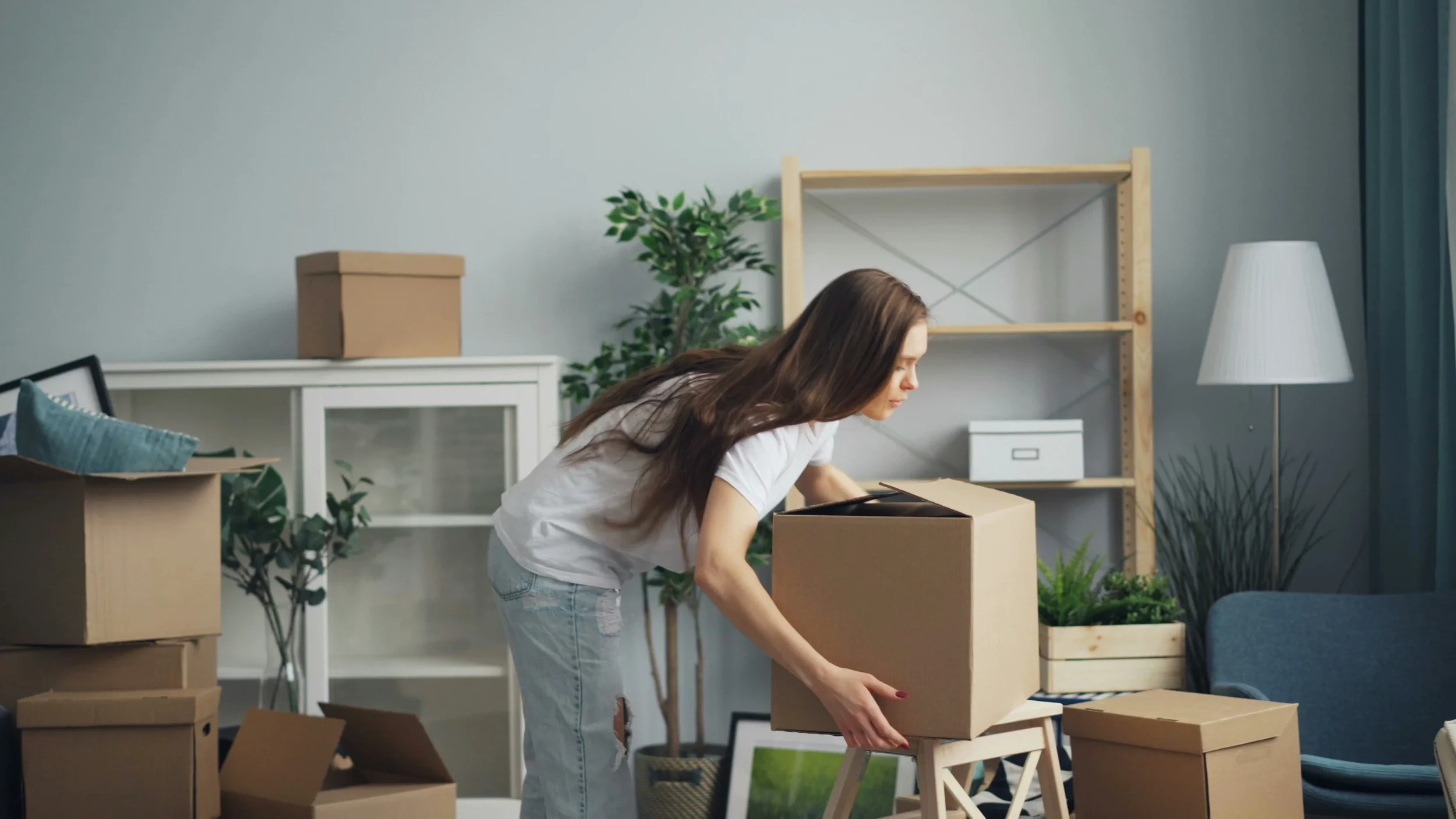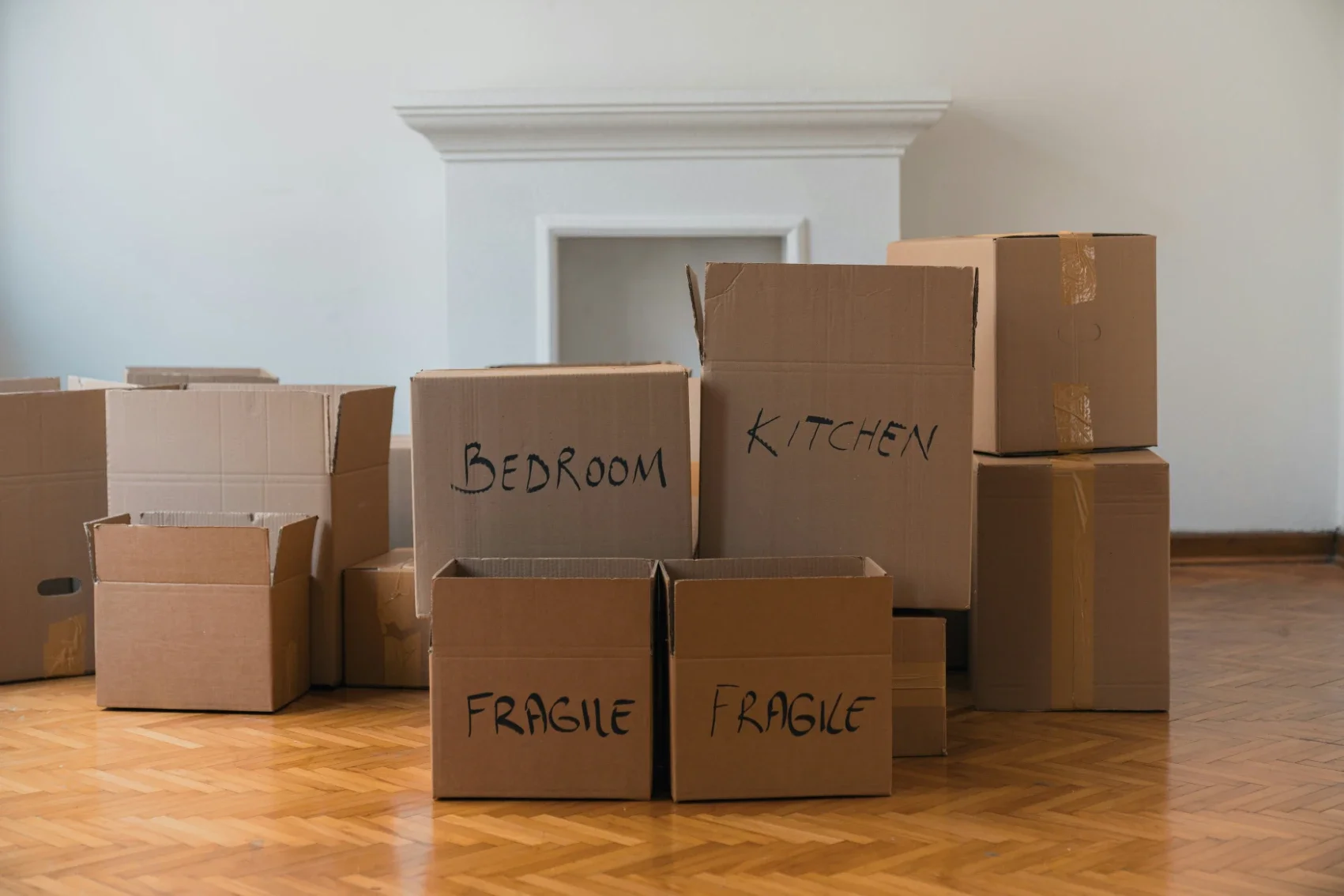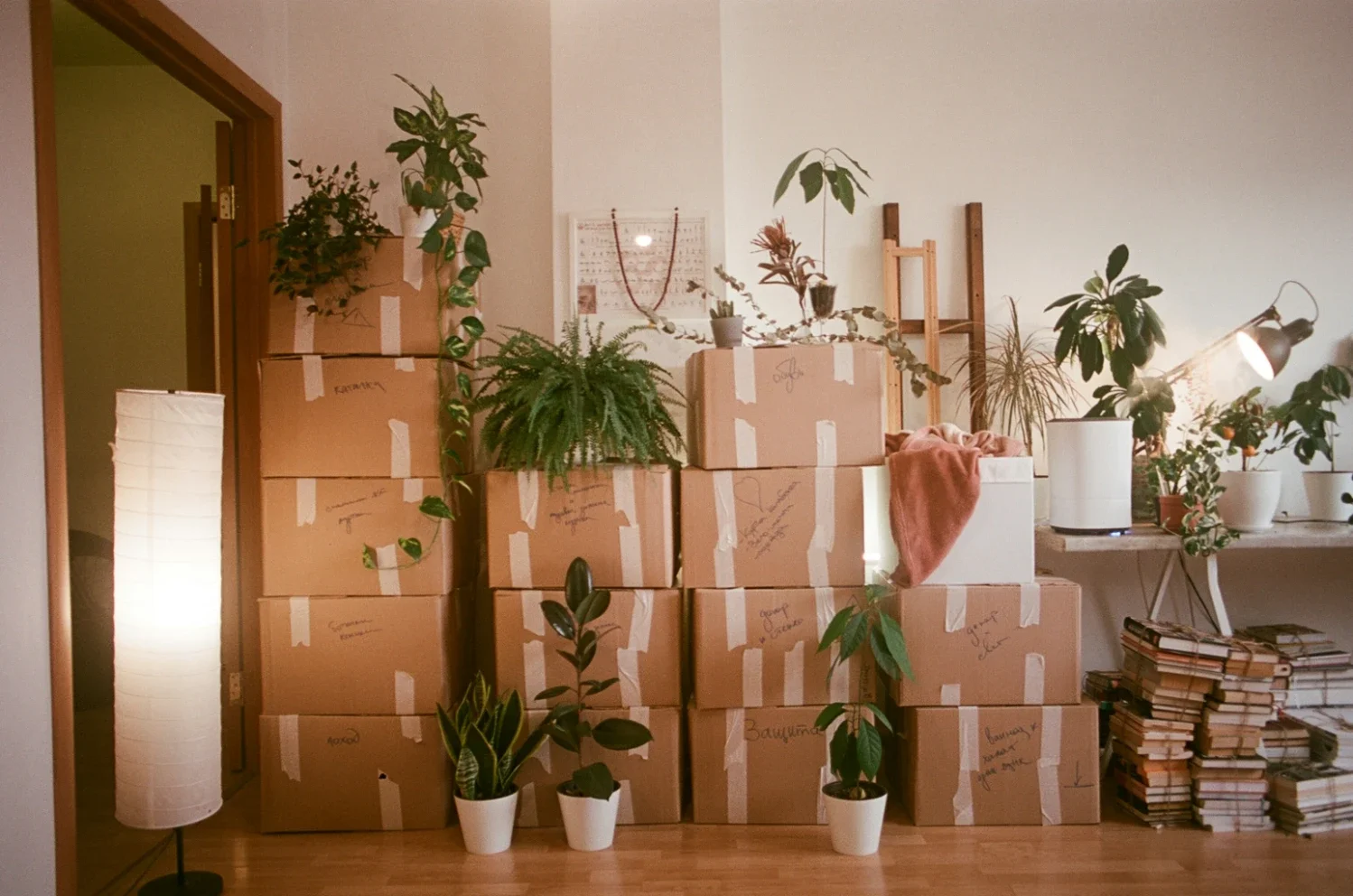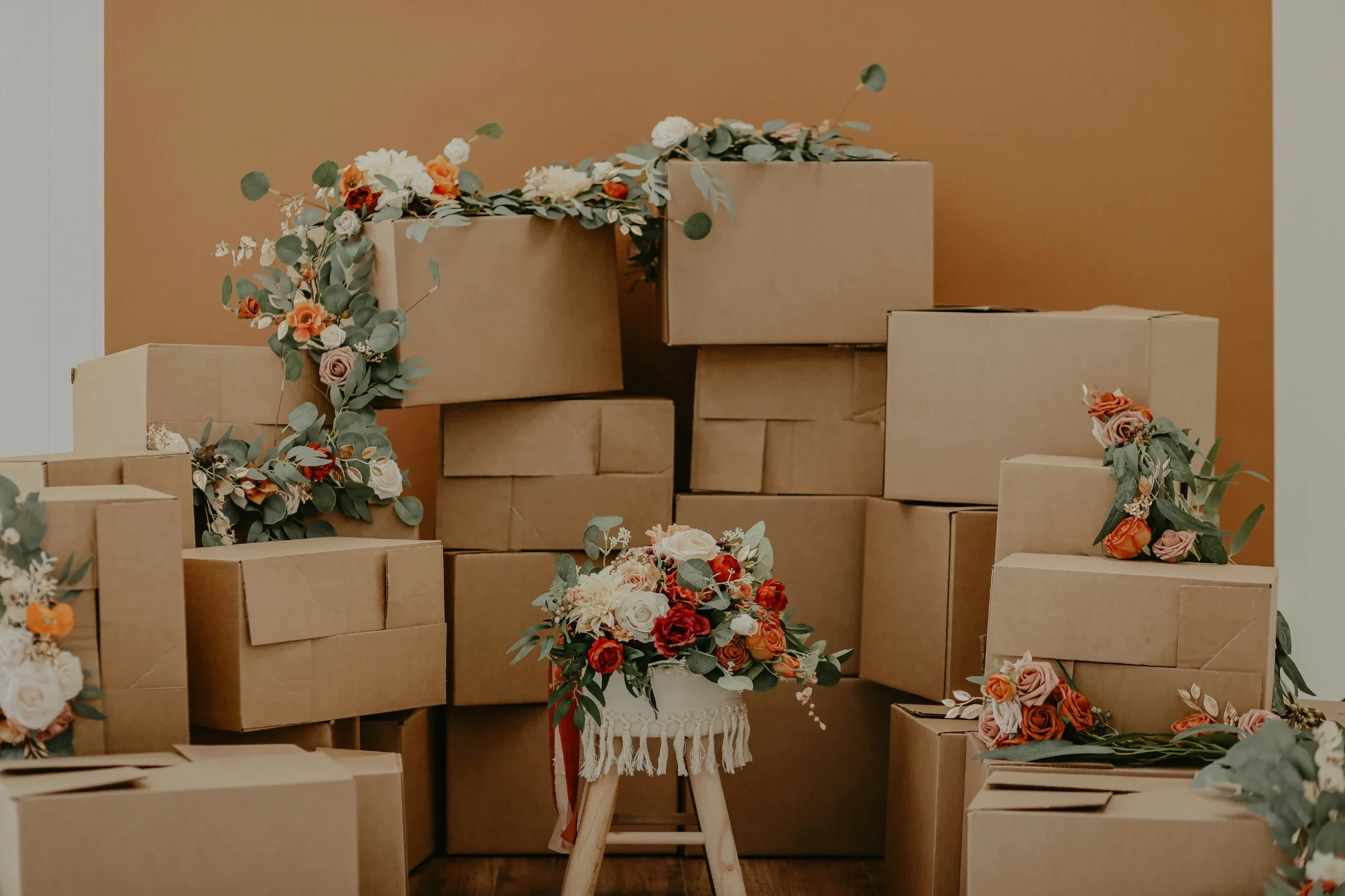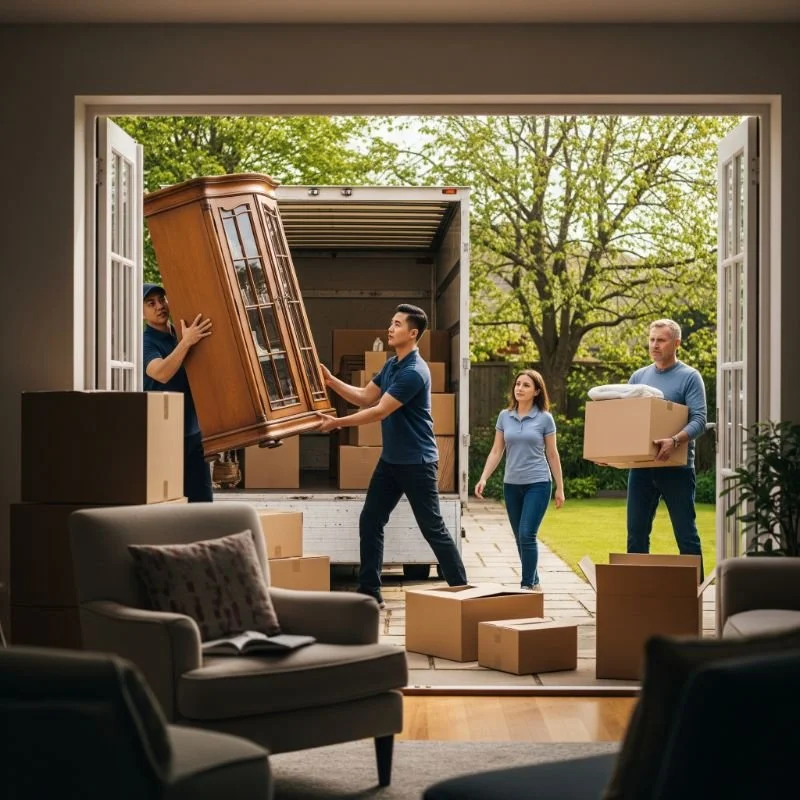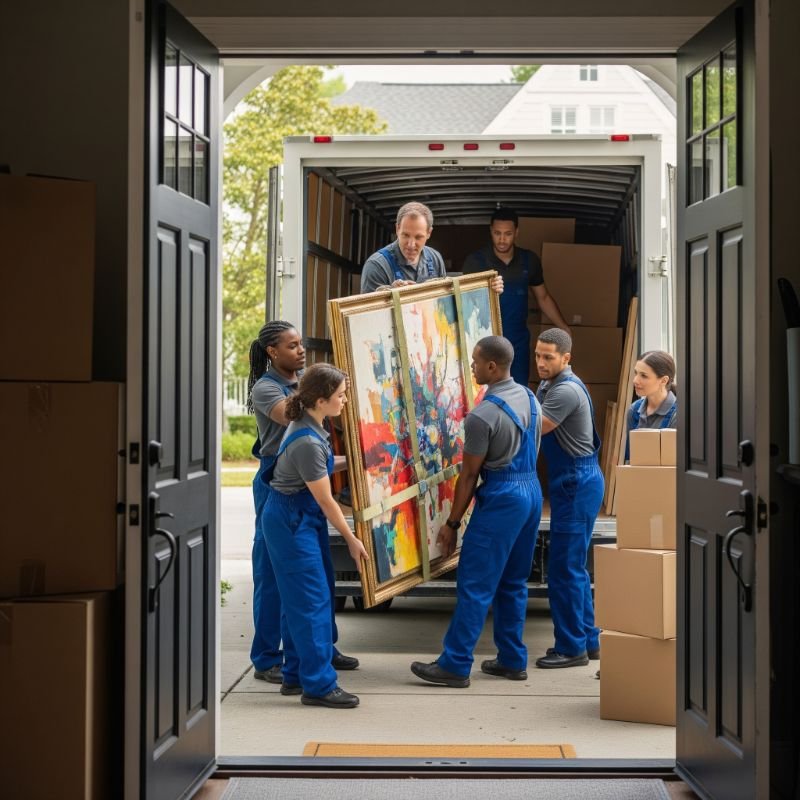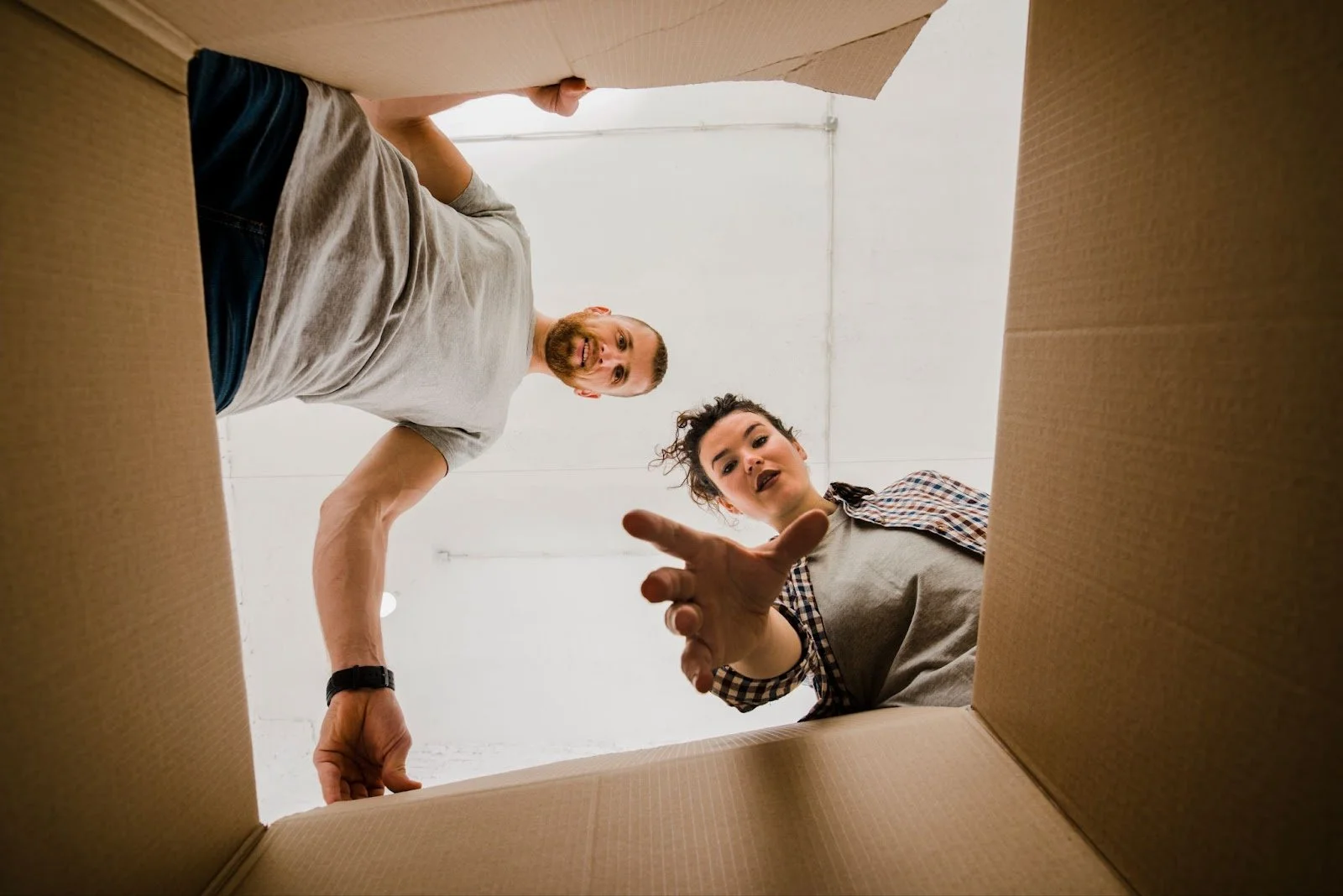5 Tips for Packing and Organizing Your Move
Streamline your move with these 5 essential packing and organizing tips. Make relocating stress-free and efficient with expert advice!
Moving to a new home or office can be exciting, but it’s also a major task that requires careful planning and organization. One of the biggest challenges is packing your belongings so that they arrive safely and unpacking is easier.
Whether you’re moving for the first time or have relocated before, the right packing and organizational strategies can make all the difference.
Follow our top five packing and organizing tips to make your move flawless.
Start Early and Create a Packing Plan
One of the most important steps in preparing for a home move is starting early. While it might seem tempting to wait until the last minute, planning ahead and spreading out the work can make the process much easier and less stressful.
The more time you give yourself to pack, the more organized you will be and the fewer surprises you will encounter.
Here’s how to create an effective packing plan that will ensure you’re ready for the moving day without feeling overwhelmed.
Why Starting Early Matters
Avoid Last-Minute Stress:
Packing an entire home or office in a single weekend is daunting. By starting weeks in advance, you’ll have the time to pack thoughtfully, ensuring that everything is securely wrapped, labeled, and organized. Procrastination can lead to rushed packing, which increases the likelihood of damaged items or missing essentials on moving days.
Time for Sorting and Decluttering:
Early packing gives you the time to declutter. Sorting through your belongings and deciding what to keep, donate, or discard can take time, and if you wait too long to start, you may find yourself rushing through this essential step. Decluttering before packing home reduces the amount you need to move, which can save you money and make the unpacking process easier.
Better Organization and Packing Strategy:
Packing isn’t just about throwing things into boxes; it’s about doing so in a way that maximizes space, protects fragile items, and makes unpacking easier. Starting early gives you time to develop a strategy for packing services so you can avoid last-minute chaos. This approach ensures that your items are packed efficiently and in an order that makes sense for moving.
Declutter Before You Pack
One of the most effective ways to streamline your move and reduce stress is to declutter before you start packing. Moving presents the perfect opportunity to reassess what you really need and what has been taking up unnecessary space in your home or office.
Decluttering is more than just getting rid of things you no longer use; it's about ensuring that you’re only bringing items into your new space that truly add value to your life. Here’s why and how you should tackle this step in detail:
Why Decluttering is Crucial
Reduce Moving Costs:
Moving companies typically charge based on the weight and volume of your belongings. The more you have, the higher the cost. By getting rid of unnecessary items, you can lower your moving expenses. If you’re handling the move yourself, fewer items mean fewer boxes to pack and transport, saving you time, energy, and perhaps even a rental truck.
Simplify Unpacking:
When you pack only what you actually need or use, unpacking becomes a much more manageable process. Instead of sifting through boxes filled with unused or outdated items, you can focus on setting up your new home with essentials. This allows you to settle in quickly and efficiently.
Fresh Start in Your New Home:
Moving to a new space is the perfect opportunity for a fresh start. Decluttering gives you the chance to create a more organized, minimalist environment in your new place. You’ll feel more at peace in a space free from clutter and excess.
Environmental Benefits:
By donating or recycling items you no longer use, you can help reduce waste. Many people find that decluttering before a move is a great way to be more mindful of their environmental impact, especially if they choose to donate to local charities or recycle as much as possible.
Use High-Quality Packing Supplies
Invest in sturdy moving boxes, collision wrap, packing paper, and heavy-duty packing tape. While cheap materials may save money upfront, they could damage items during transit. Use small boxes for heavier items like books and larger boxes for lightweight items like linens.
Recommended Packing Materials:
Sturdy Moving Boxes:
Use small boxes for heavier items like books and large boxes for lighter items like linens. A mix of sizes helps with balance and organization during the move.
Bubble Wrap and Packing Paper:
Use bubble wrap for fragile items and packing paper for wrapping up dishes, glassware, or electronics. They act as extra protection inside the boxes.
Heavy-Duty Packing Tape:
Invest in strong, quality tape that will securely seal your boxes, preventing them from opening during the move. A tape dispenser can make the job quicker and easier.
Label Boxes Clearly and Strategically
By labeling each box clearly and strategically, you can save time when unpacking and ensure that fragile or high-priority items are handled appropriately. Here’s how you can effectively label your moving boxes:
Room Identification:
Write the name of the room to which each box belongs. This helps local movers or anyone assisting with the move quickly place boxes in the correct rooms. For example, a box labeled “Living Room—Books” or “Kitchen—Plates” clearly indicates where the box should go.
Detailed Descriptions:
Be specific about each box's contents. Instead of just writing “Books” on a box, note the type of books (e.g., “Cookbooks” or “Children’s Books”). This detailed labeling will make unpacking much easier when you're trying to find specific items.
Priority Labels:
Label boxes containing essential items, such as toiletries, clothes, or kitchen essentials, with a note like “Open First” to ensure they are unpacked quickly. This way, you won’t have to search through boxes for your necessities when you first arrive at your new home.
Fragile Items:
If you have fragile items, label the boxes with “Fragile” in large, clear letters. Also, use extra protective materials like “This Side Up” or “Handle With Care” to ensure your delicate belongings are handled properly.
Pack a “First Day” Essentials Box
When you arrive at your new home, the last thing you want is to be searching through dozens of boxes to find basic necessities. Packing a “First Day” essentials box is a smart way to ensure you have everything you need right away without having to dig through your packed items. Here’s what you should include in this special box:
Toiletries:
Include toilet paper, hand soap, toothpaste, toothbrush, shampoo, conditioner, and any other toiletries you need for the first day. You’ll appreciate having these items readily available when you’re settling into your new home.
Medications:
Pack any medications you may need on your first day or night, such as pain relievers, prescriptions, or allergy medicine.
Snacks and Drinks:
Moving can be exhausting, so pack some easy-to-grab snacks like granola bars, chips, or nuts, along with drinks like bottled water or juice. Having some refreshments on hand will help keep you energized during the move.
Basic Tools:
Include a few basic tools that could be useful for assembling furniture or making quick adjustments, such as a screwdriver, scissors, a hammer, or a utility knife.
Phone Chargers and Electronics:
Don’t forget your phone chargers, laptops, or any essential electronics. Having these in your essentials box will ensure you stay connected and can unwind after a long day of moving.
Important Documents:
Keep important documents like IDs, moving contracts, and any paperwork you may need on hand. Having these in one easily accessible place will save time and stress if you need to refer to them quickly.
Conclusion
While having a packing plan is essential, it’s also important to stay flexible. Life happens, and you may encounter unexpected delays or have to adjust your packing timeline. The key is to be realistic about your time and energy levels. If you find that you’re falling behind, don’t panic—reassess your plan and adjust where needed. Perhaps you need to spend an extra day on decluttering, or you may need to push back some tasks to make room for urgent work.
